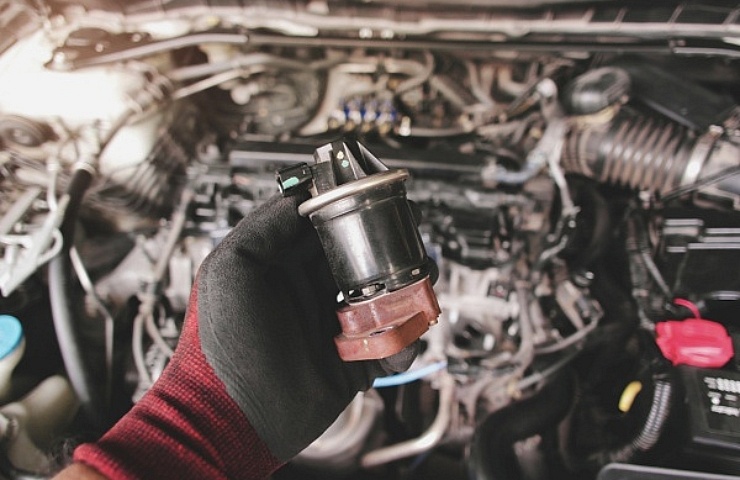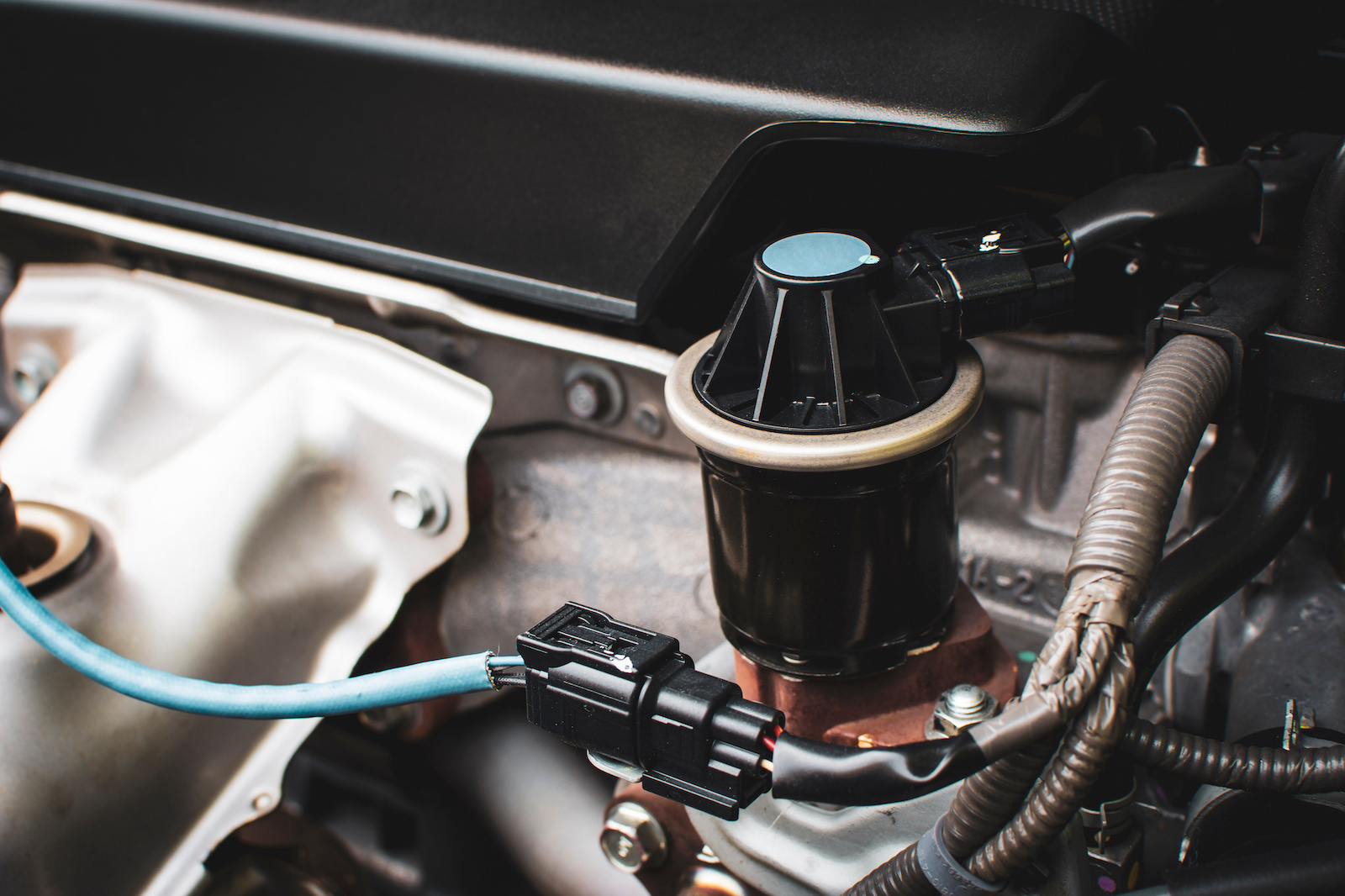Contents
What Is an EGR Valve?
EGRs are valves that open and close to allow controlled recirculation of exhaust gasses into the engine. This action changes the chemistry of the intake charge, reducing oxygen and the burn temperature inside the combustion chamber.
The earth’s atmosphere is 78 percent nitrogen, which is fine to breathe, but when nitrogen is burned in an engine, it generates oxides of nitrogen (NOx), which are dangerous to human health. Lowering combustion temperatures generates less NOx, reducing emissions levels and making the air safer to breathe.
This recirculation also burns off excess fuel, so instead of floating out into the air, it combusts the second time around. This, along with engine control module adjustments, also increases fuel economy.
Unlike early EGR systems coupled with carburetors, modern fuel injection makes EGR more effective for controlling emissions. Just about every modern diesel engine uses an EGR valve. Even medium-sized tractors and diesel-powered industrial equipment have them. However, some newer gasoline engines no longer use an external EGR valve.
Symptoms of a Bad EGR Valve
Due to the nature of the valve, failures most often occur when carbon buildup interferes with the valve’s ability to open and close. Carbon is a byproduct of combustion, typically from incomplete fuel burn. Carbon crust builds slowly, much like how plaque builds up in arteries. A little is OK, but eventually, it will restrict the flow enough to cause serious problems. Not only can it cause the EGR valve itself to fail, but the tubing and ports where the exhaust gas flows can clog up.
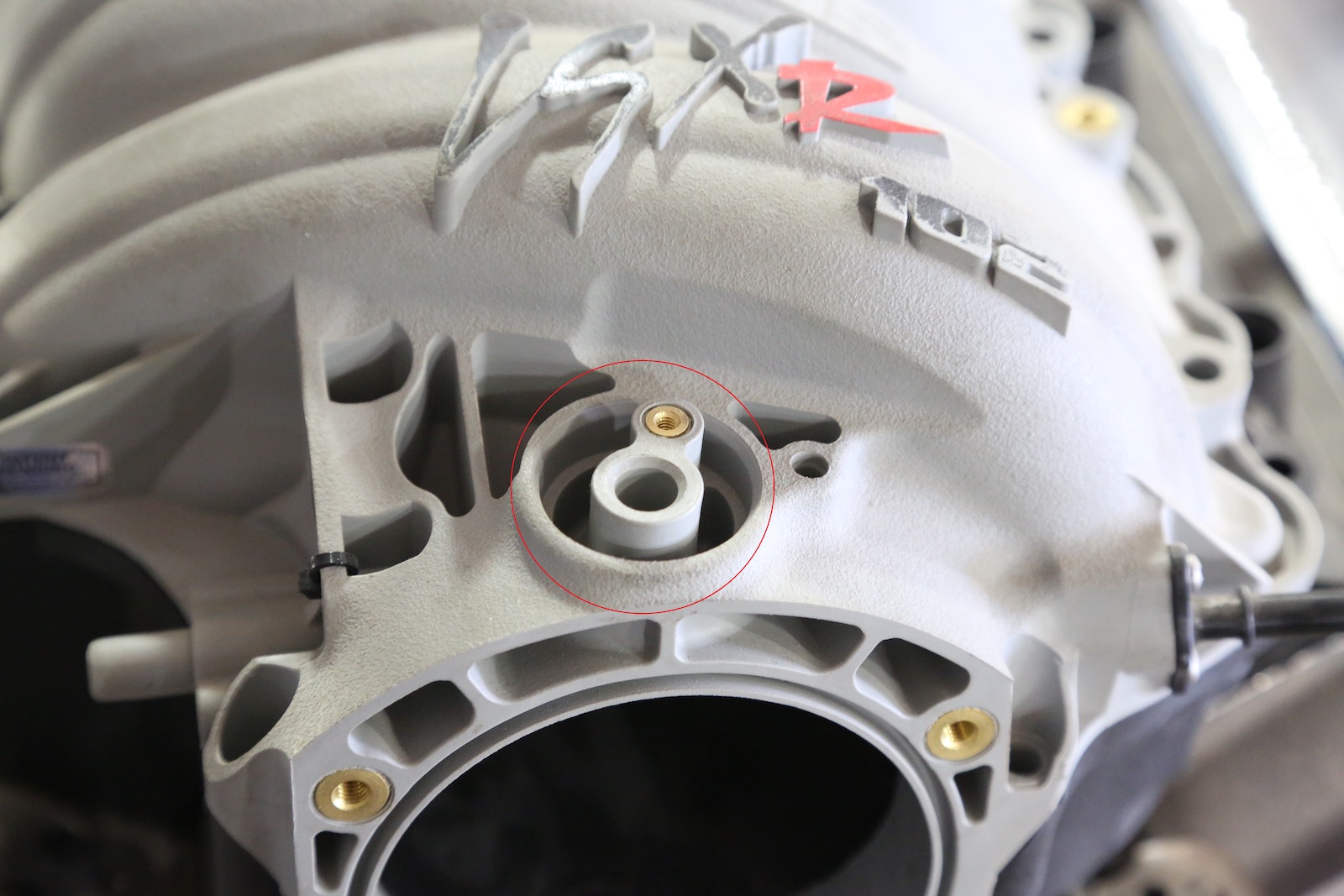
On GM LS-series engines, the EGR valve is located at the top of the intake manifold, just behind the throttle body, as shown here without a valve installed. (Photo: Jefferson Bryant)
When this happens, you typically get a trouble code and the check engine light comes on. EGR codes range from P0400 to P0408 and P1403 through P1406, and you need to address the issue to clear the code. The code is often caused by a dirty valve, and a good cleaning will reset the system.
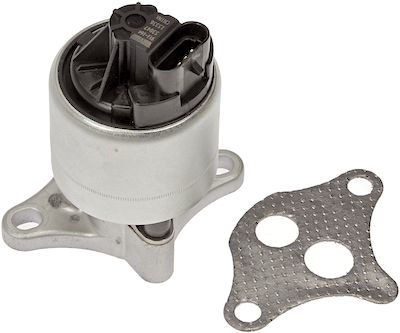
Dorman EGR valve and gasket for the Chevrolet 5.7L V-8 engine
If you ignore the check engine light and code, your engine will begin to run poorly. Problems such as reduced power, lower fuel economy, rough idle, and hard starts are common with EGR issues. You can even experience engine knock or detonation inside the combustion chamber, which damages the engine and will reduce its lifespan.
Generally, an EGR valve has a lifespan of about 10 years or 100,000 miles, whichever comes first. Regular cleaning every 50,000 miles or so will extend that lifespan.
Shop now for EGR valvesCleaning an EGR Valve
There are two main types of EGR: mechanical and electronic control. Most modern engines use electronically controlled EGR valves.
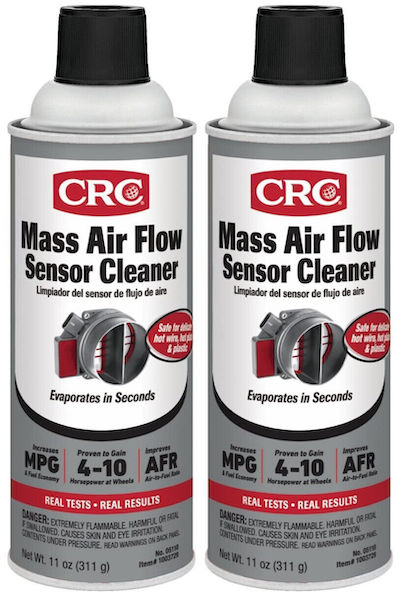
CRC mass air flow sensor cleaner
The type of control dictates the method of cleaning the valve. Mechanically controlled valves are cleaned with carb or throttle body cleaner, whereas electronic valves are better cleaned with MAF sensor cleaner, which is better for sensitive electronics. MAF cleaner is less harsh than carb cleaner and may require more effort if the valve is really crusty.
You can use carb cleaner for electronically controlled EGRs, but you must be careful not to get it on the electronic bits, as it will damage them.
Here are the basic steps to clean an EGR valve:
- Remove the valve.
- Inspect the valve, housings, mounting surfaces, and hoses for cracks or other issues.
- With the valve off, spray the interior chamber with cleaner.
- A slightly dirty valve will flake off the carbon and clean up easily. Heavy buildup may require a small, stiff brush to remove the carbon.
- Once the buildup is gone, spray cleaner into the chamber until the fluid comes out clear. If it is brown at all, it is not clean yet.
- Always physically operate the valve to ensure it is opening and closing smoothly without any binding or sticking.
- Reinstall the valve with new gaskets.
When Should You Replace It?
If the valve has physical or electrical damage or is simply too clogged to clean, it is time to replace it. After 100,000 miles, the EGR should be replaced as preventative maintenance. Some manufacturers suggest replacement sooner, so check your manuals.
These valves live in an extremely harsh environment with significant wear and tear, so if you have EGR codes come up on the dash and the vehicle has close to or over 100,000 miles on the odometer, replacement is likely the best option. The unit is reaching the end of its lifespan anyway.
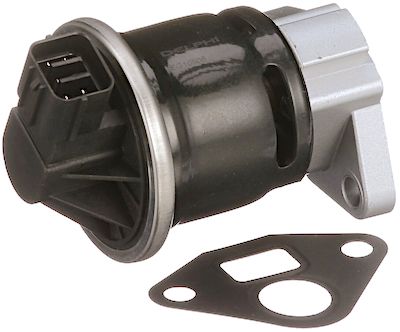
Delphi EGR valve for the 1996-2000 Honda Civic
Your vehicle’s emissions system relies on a functioning EGR valve to control the fuel burn, fuel economy, and chemistry of the air and fuel mix inside the engine. When the valve is dirty or failing, your engine simply will not run well, and it can damage the engine, fuel consumption, and the environment.
Ensure your EGR valve is cleaned every 50,000-ish miles and replaced every 100,000 miles. Your engine will be much happier for it.
Shop now for EGR valves
